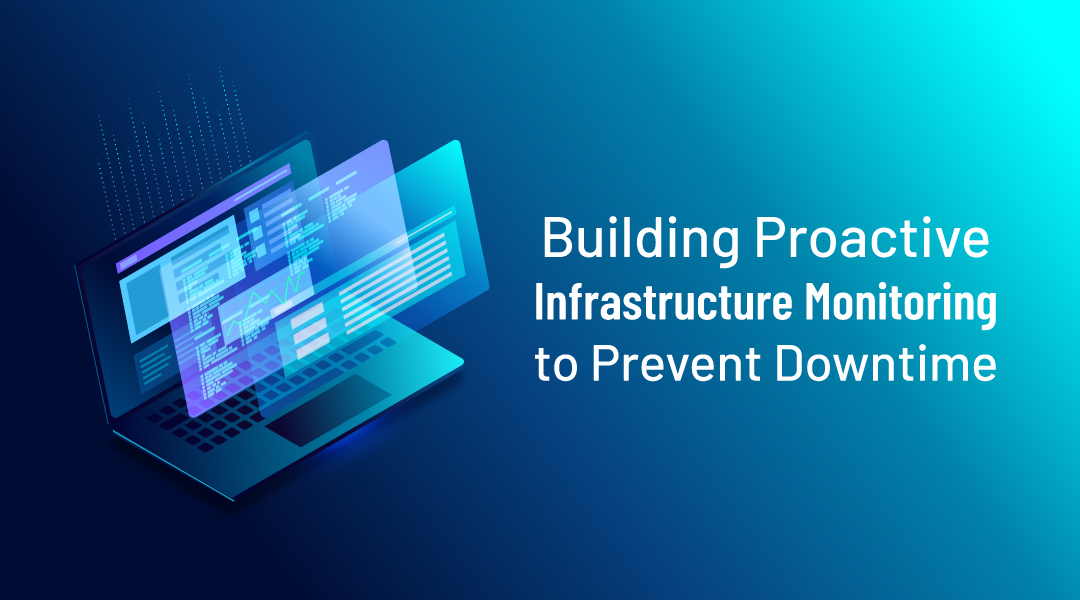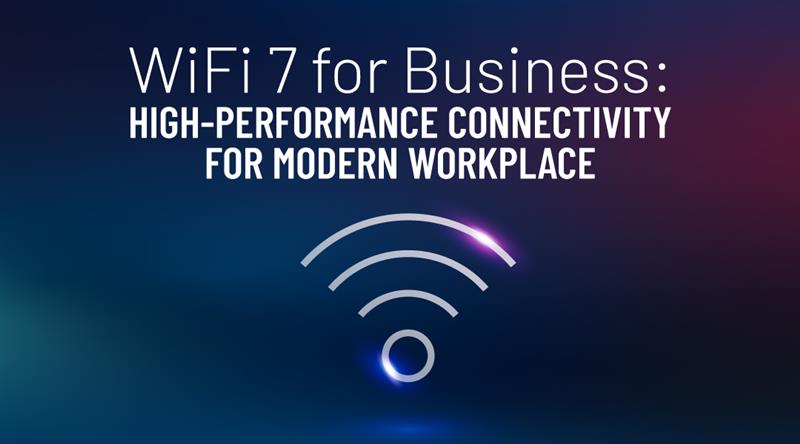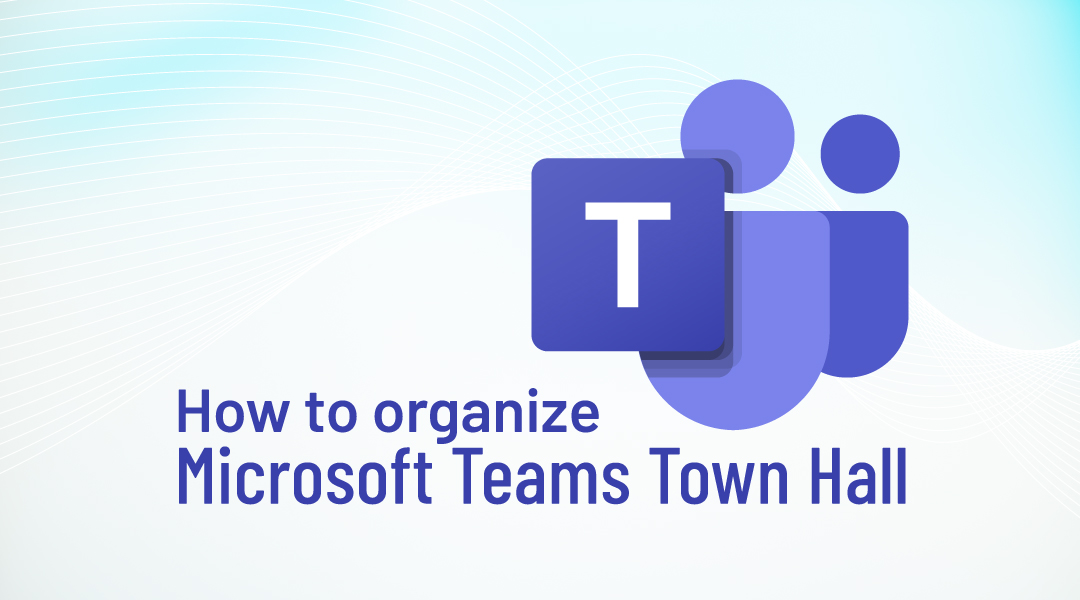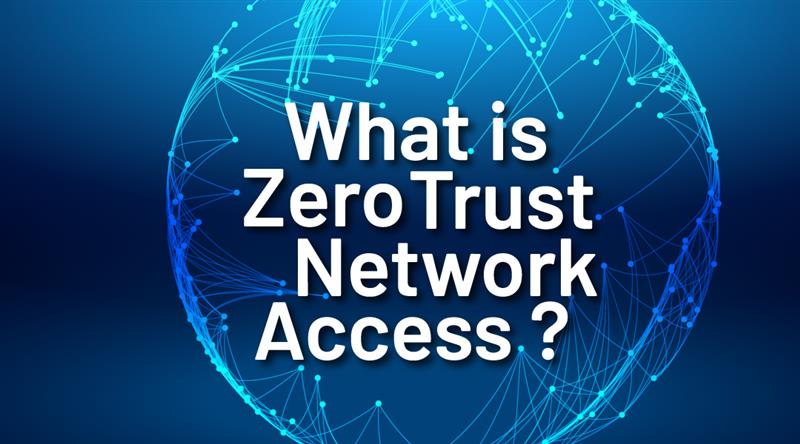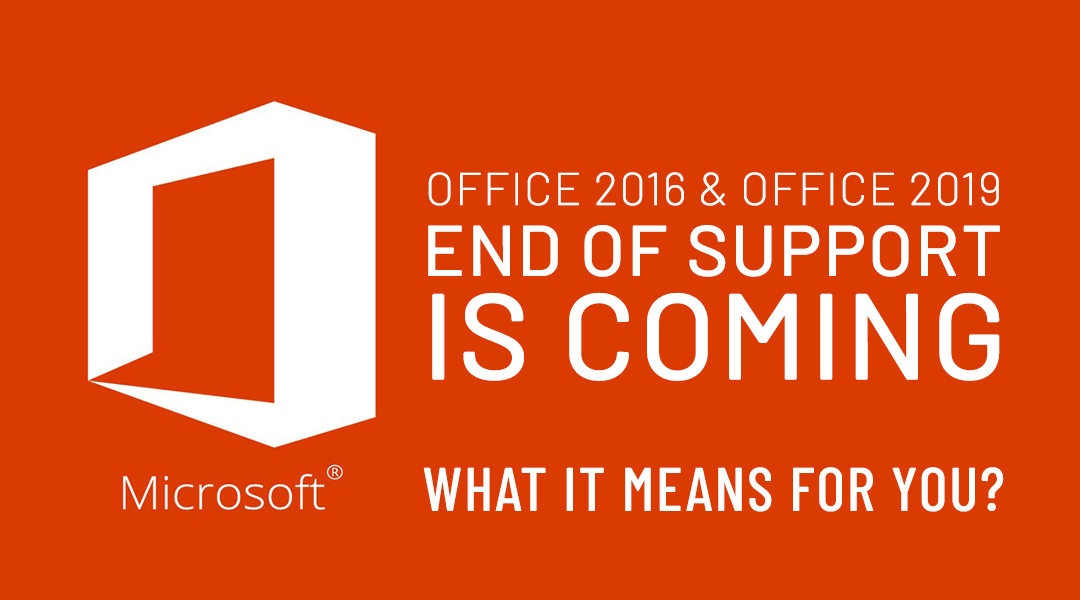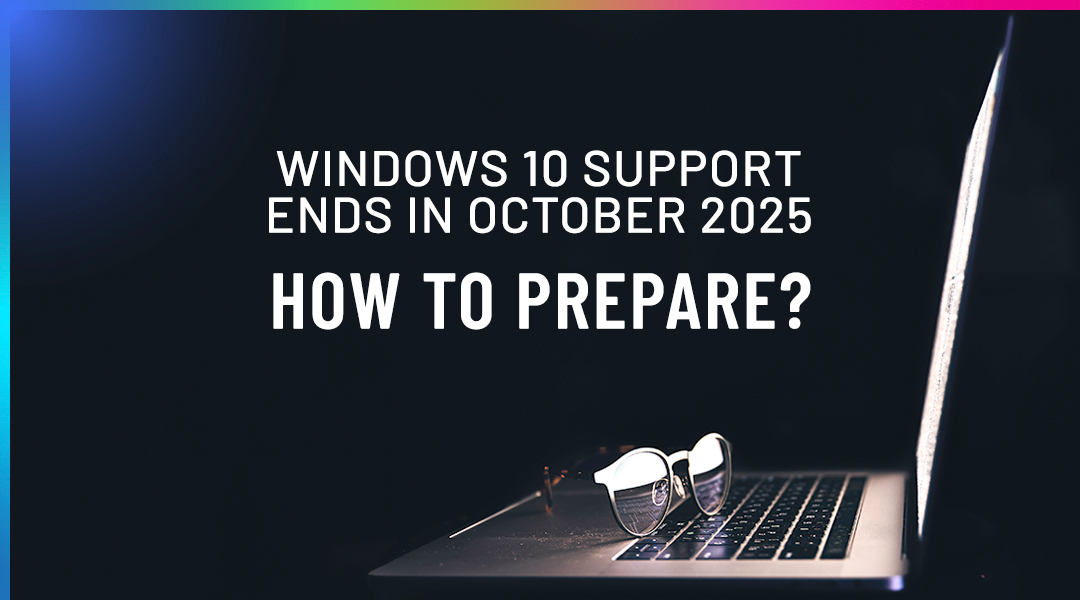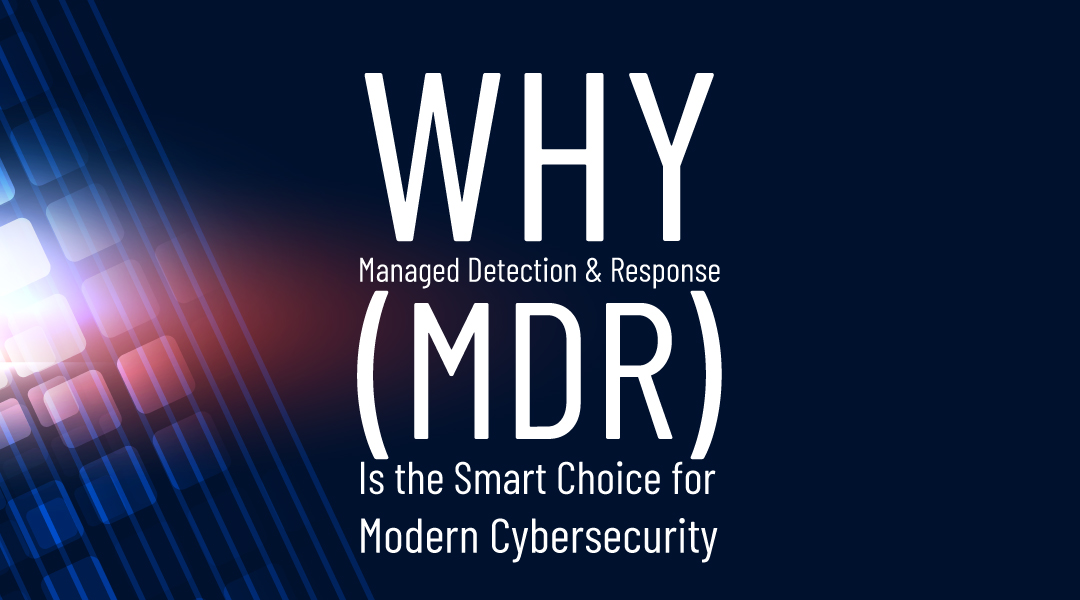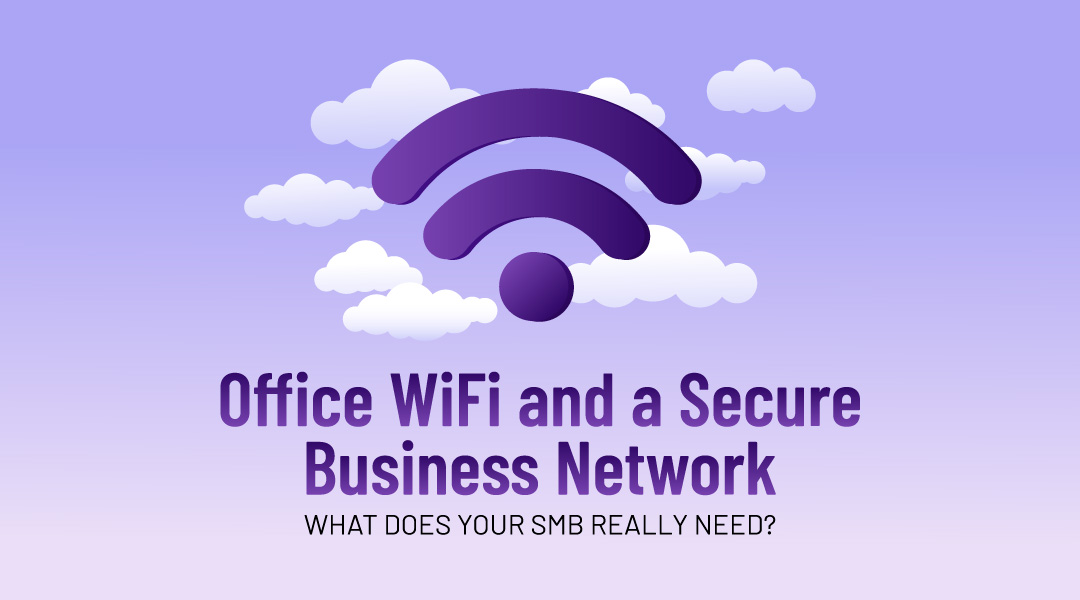Many companies rely on IT partners to set up their infrastructure, manage backups, and provide ongoing IT support. But one critical component is still too often overlooked, even by some managed IT providers: infrastructure monitoring.
Without continuous visibility into the health of your servers, networks, and core systems, even the best IT setup can lead to downtime, performance issues, or undetected threats.
At ITAF, we believe that monitoring your infrastructure isn’t just a “nice to have.” We integrate proactive infrastructure monitoring into our managed services to ensure your IT environment stays stable and secure.
What is Proactive Infrastructure Monitoring?
Infrastructure monitoring means continuously observing the performance and health of your IT systems, such as servers, network equipment, storage, and connected devices. But proactive monitoring takes it a step further.
Instead of reacting to problems after they cause disruptions, proactive monitoring helps detect issues before they affect your business. Think of it as an early warning system: spotting unusual activity, resource spikes, failing hardware, or security threats before they escalate into downtime.
ITAF’s Approach to Monitoring
When we build your IT infrastructure, we don’t just walk away after setup. Our infrastructure solutions are designed with continuous monitoring in mind.
We monitor:
- Virtual and physical server health (CPU load, disk space, memory usage)
- Network performance (latency, uptime, bandwidth usage via switches)
- NAS devices and backup status
- Workstations and endpoints (where supported)
- Security through HIDS and NIDS monitoring
- Infrastructure peripherals such as UPS systems, IP doorphones, DECT antennas, and Wi-Fi access points
We set smart thresholds, configure alerts, and ensure the right people are notified the moment something requires action.
Why Monitoring Complements Your Existing IT Setup
If your infrastructure is already in place, or you’re backed up regularly, that’s a good start. But those systems are only as reliable as their status. Without real-time monitoring, issues can go unnoticed until they turn into downtime.
Monitoring fits naturally as a managed service on top of your existing infrastructure. It’s an added layer of operational stability that lets you focus on your business while ITAF watches over your systems.
Practical Scenarios
Here are a few real-world examples of how proactive monitoring can help:
- High CPU load on a virtual server → Alert triggered before performance is affected; allows scaling or optimisation
- Disk capacity on a NAS nearing full → Early warning allows cleanup or expansion before sync issues occur
- Unexpected device failure (for example, UPS or switch offline) → Alerts sent instantly to prevent disruption
- Failed daily backup → Detected immediately and resolved before data is put at risk
- Abnormal traffic or intrusion attempt → Detected via HIDS or NIDS tools, triggering investigation
These examples show how monitoring is not just about observing but about preventing real business impact.
How Can ITAF Help
ITAF integrates monitoring into its managed services to give businesses clear, continuous visibility over critical systems. We combine monitoring tools with tailored configuration and hands-on follow-up to:
- Track performance across virtual servers, switches, storage, and power systems
- Set smart thresholds for CPU, disk, and memory to detect anomalies
- Send alerts only when necessary, avoiding noise while ensuring responsiveness
- Detect failed backups, device outages, and security anomalies early
- Generate clear reporting, helping you understand system health and performance over time
Want to know how infrastructure monitoring could support your IT setup?
Book a free call with our team to explore the options.
Q&A
Q: What is proactive infrastructure monitoring in IT?
A: Proactive infrastructure monitoring in IT means continuously tracking the performance and health of servers, networks, storage, and endpoints to detect issues early. Instead of reacting after downtime occurs, proactive monitoring works as an early warning system, identifying unusual activity, hardware failures, or security threats before they impact business operations.
Q: Why is proactive infrastructure monitoring important for businesses?
A: Businesses depend on stable IT systems to stay productive. Proactive infrastructure monitoring is important because it reduces the risk of downtime, data loss, and hidden system failures. By ensuring early detection of problems, it helps companies maintain business continuity, improve IT security, and avoid costly disruptions.
Q: How does proactive monitoring help prevent IT downtime?
A: Proactive IT monitoring prevents downtime by detecting signs of trouble early—such as high CPU usage, low disk space, failed backups, or abnormal network traffic. With alerts sent before problems escalate, IT teams can take immediate action to resolve issues, ensuring servers, networks, and applications continue running smoothly.
Q: What systems and devices can be monitored with proactive IT services?
A: Proactive monitoring covers a wide range of IT assets, including:
- Servers (physical and virtual) for CPU, disk, and memory health
- Network switches and routers for uptime, latency, and bandwidth
- NAS storage and backup systems for availability and performance
- Workstations and endpoints (where supported)
- Security through HIDS and NIDS monitoring tools
- Infrastructure peripherals such as UPS power systems, Wi-Fi access points, IP doorphones, and DECT antennas
Q: How does infrastructure monitoring complement existing IT setup and backups?
A: Infrastructure monitoring complements IT setups by providing real-time visibility into system health. Even with backups and a strong IT infrastructure in place, problems can go unnoticed without monitoring. Proactive monitoring ensures that performance issues, hardware failures, or backup errors are caught immediately, making your IT environment more reliable.
Q: What are real-world examples of proactive monitoring benefits?
A: Examples of proactive infrastructure monitoring include:
- Detecting high CPU load on a virtual server → allows optimization before users notice slowness
- Warning about low storage on NAS devices → prevents backup or file sync failures
- Identifying a failed UPS or switch instantly → avoids office-wide service disruption
- Detecting failed backups immediately → ensures data protection before risks escalate
- Spotting abnormal network traffic or intrusion attempts → strengthens cybersecurity defenses
Q: How does ITAF provide proactive infrastructure monitoring for SMEs?
A: ITAF offers proactive monitoring as part of its managed IT services for SMEs and mid-sized companies. We set smart thresholds, configure meaningful alerts, and provide hands-on follow-up to detect issues like failing backups, device outages, or security anomalies. Our reports give businesses full visibility into IT performance, helping them stay secure and productive.
Q: How can a company start using proactive infrastructure monitoring to reduce downtime?
A: Companies can start by booking a free consultation with ITAF. Our experts design proactive monitoring strategies tailored to your IT infrastructure. By combining real-time monitoring tools with proactive IT management, we help businesses minimize downtime, improve security, and keep operations running without disruption.

